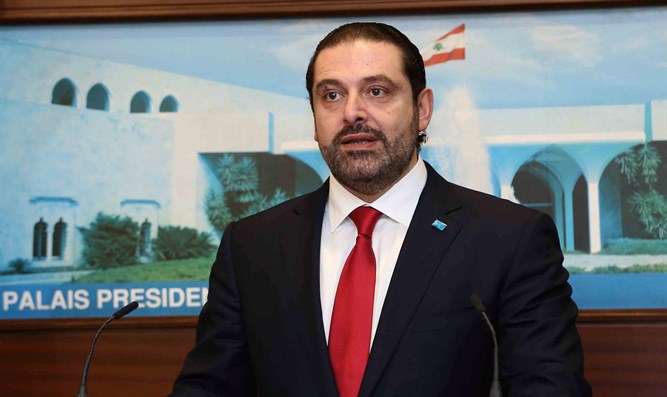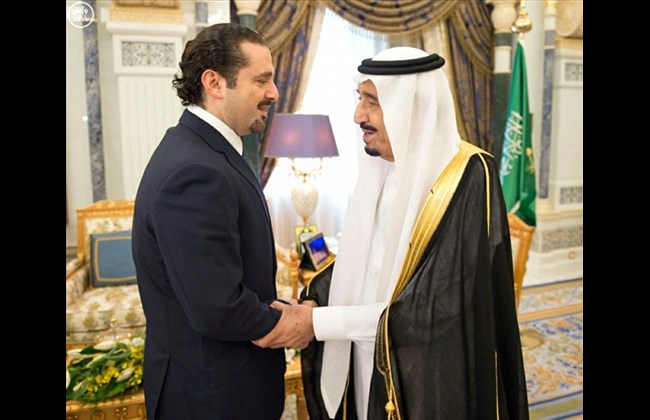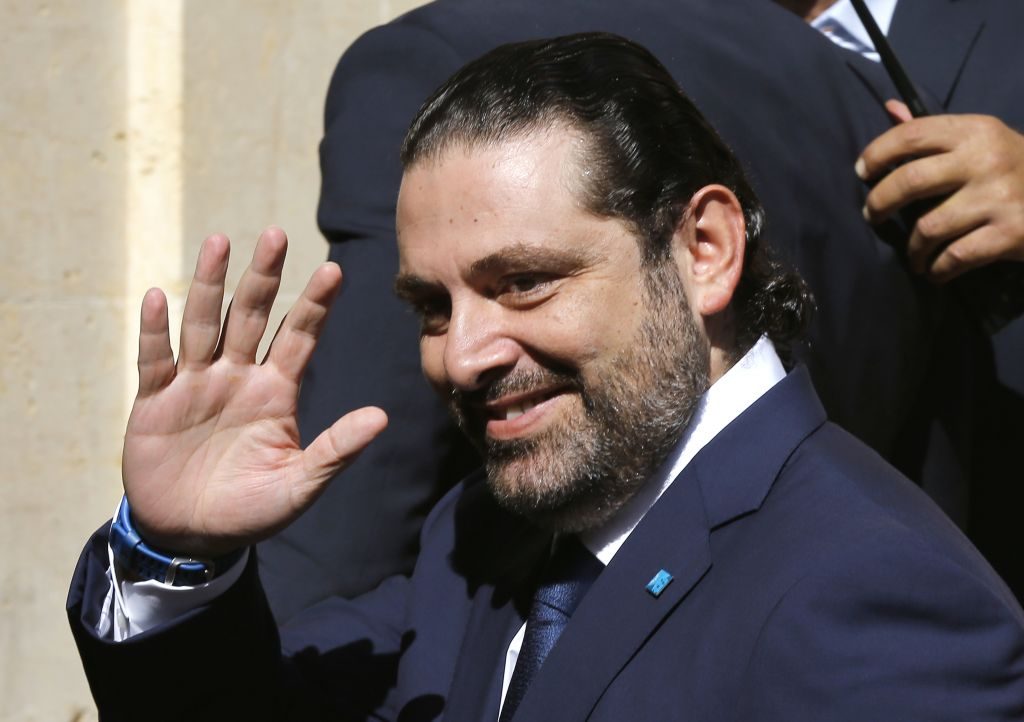
On Saturday, Saad Hariri, Prime Minister of Lebanon, resigned from his post. Hariri had served as prime minister since December 2016, he previously also served as Lebanon’s PM from November 2009 till early 2011, when the Hezbollah cabinet members resigned.
His resignation tipped over his alliance with his Iranian Lebanese ally, Hezbollah and induced the risk of conflict in Lebanon. Hariri held Iran accountable for meddling in Arab affairs and spreading “sedition, devastation and destruction in any place it settles in,” as mentioned in Washington Post.
The former Prime Minister discussed that he felt that his life was at risk; Saudi Arabia’s gulf affairs minister, Thamer al-Sabhan, later said that Hariri’s bodyguards had received “confirmed information” of a plot to kill him.

However, analysts from around the region who are neutral towards Hezbollah, suggested that Mr. Hariri had been pressured to resign by the Saudis, as they and the United States have been targeting the take down of the Iranian aggression in the region. Hariri’s announcement came after weeks of sharp American and Saudi condemnation of Iran.
Hariri acted as a mediator between the Saudi Sunnis and the Iranian Shiites by heading a 30 member cabinet that united all parties to avoid spillover from the Syrian conflict. Consequently, his resignation has resulted in regional aggression between the two parties.
Iranian-backed Houthi militias in Yemen fired up a missile near Riyadh just following Hariri’s declaration. The Saudi government stated that the missile had been captured, however some of it landed in the vicinity of the King Khalid International Airport.
It is not clear who will succeed Hariri, but under Lebanon’s constitution, the prime minister must be a Sunni Muslim.



